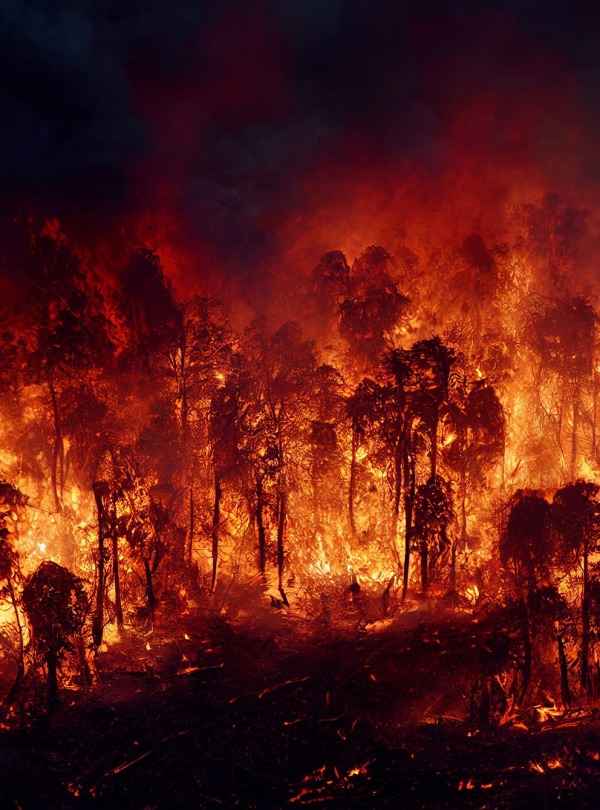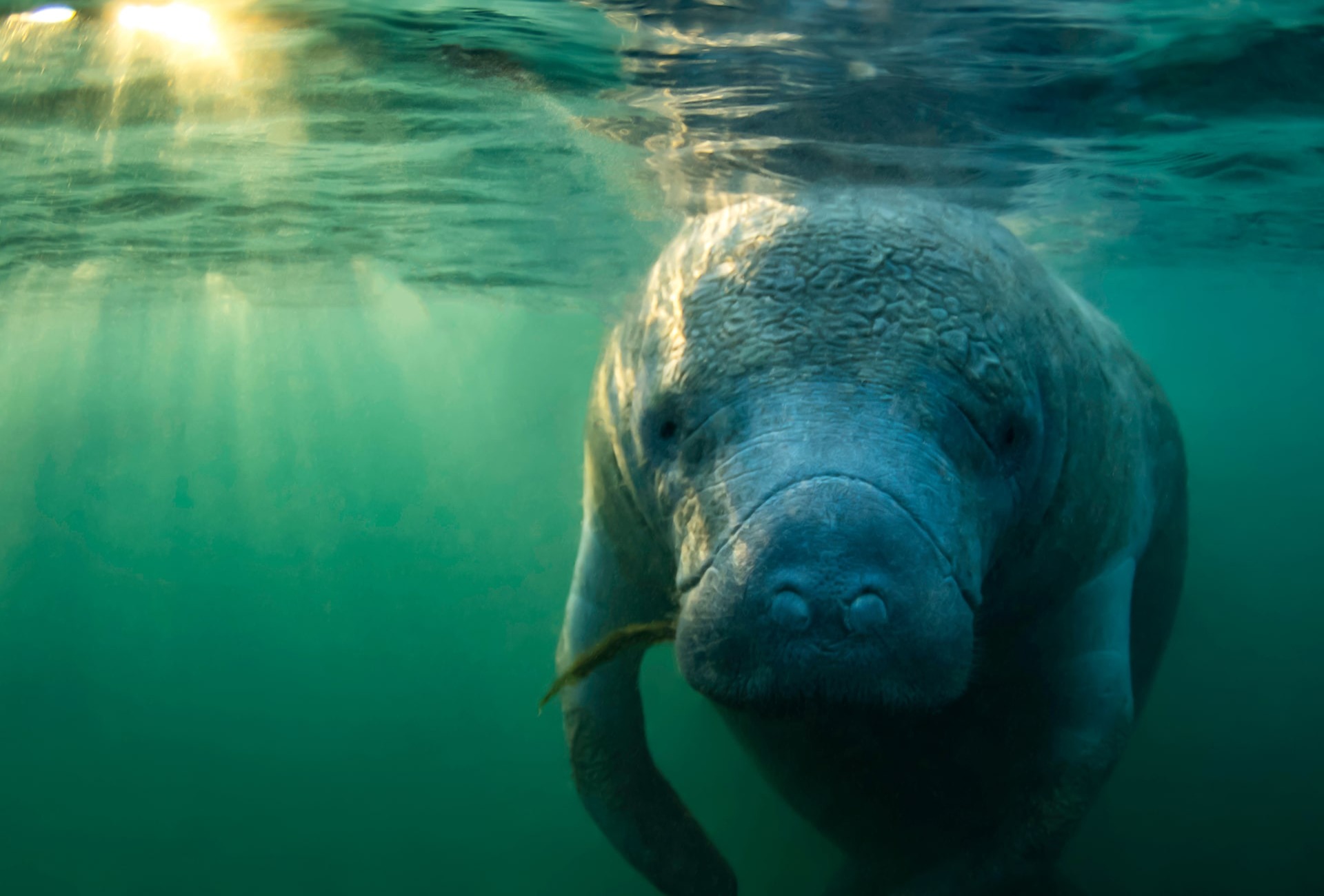
Preserve the Amazon’s Coastal Gem in Brazil
Support More Work Like ThisSupport More Work Like ThisGlobally, more than 2.1 million acres of mangrove forests have been destroyed over the past 30 years to make way for coastal development, resource extraction and other threats.
-
Species at Risk
Black Rail (EN), Kryptolebias campelloi (CR), Atlantic Goliath Grouper (VU), American Manatee (VU), Swamp Ghost Crab (Ucides cordatus, not assessed)
-
Carbon stored
40,020,303 mT*
*(metric tons of CO2 equivalents) -
Partner
RARE Brazil
-
188,118 Proposed Acres Conserved by
Designation
-
Project Cost: $2,162,898
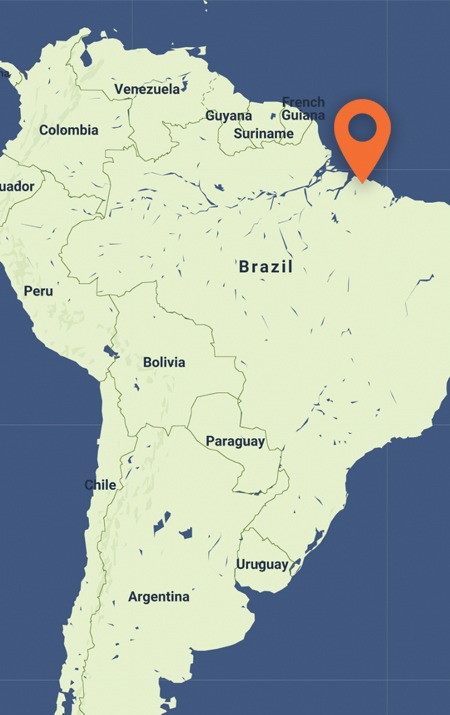
188,118
Globally, more than 2.1 million acres of mangrove forests have been destroyed over the past 30 years to make way for coastal development, resource extraction and other threats.
-
Species at Risk
Black Rail (EN), Kryptolebias campelloi (CR), Atlantic Goliath Grouper (VU), American Manatee (VU), Swamp Ghost Crab (Ucides cordatus, not assessed)
-
Carbon stored
40,020,303 mT*
*(metric tons of CO2 equivalents) -
Partner
RARE Brazil
-
188,118 Proposed Acres Conserved by
Designation
-
Project Cost: £1,716,585

188,118
The mangroves protected by this project will store
metric tons of carbon equivalents
One of the world’s largest and most well-conserved belt of mangroves stretches along the coastline of Brazil where the Amazon River pours into the Atlantic Ocean and forms the immense Amazon River Estuary. But a significant gap in protections has left the mangrove forest vulnerable, and the threat of deforestation and oil and gas exploitation looms large.
At risk is a unique refuge and nursery environment for marine and coastal species facing extinction, including the Atlantic Goliath Grouper, American Manatee and Black Rail, a tiny, elusive marsh bird. In total, at least 40 globally threatened species and 80% of Brazil’s mangroves live in and rely upon this 9.5-million-acre coastal wetland.
Rainforest Trust and our partner, RARE Brazil, are working to safeguard 175,000 acres of unprotected mangroves and coastal waters through government designation of two new sustainable use reserves and the expansion of one existing reserve. These legal designations will negate existing oil, gas and mining claims and prevent new ones. The areas are to be co-managed by traditional and local fishery communities, government, and other stakeholders.
Header photo: North American Manatee, by Eric Carlander
Explore the Amazon’s Coastal Gem
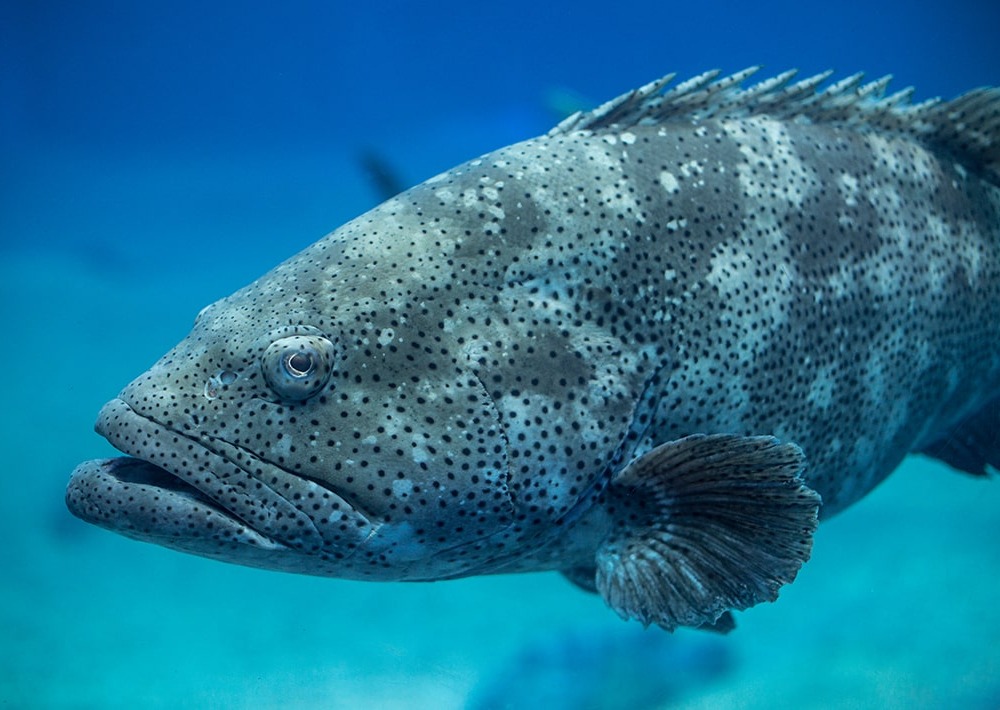
Atlantic Goliath Grouper, by Jayson Photography
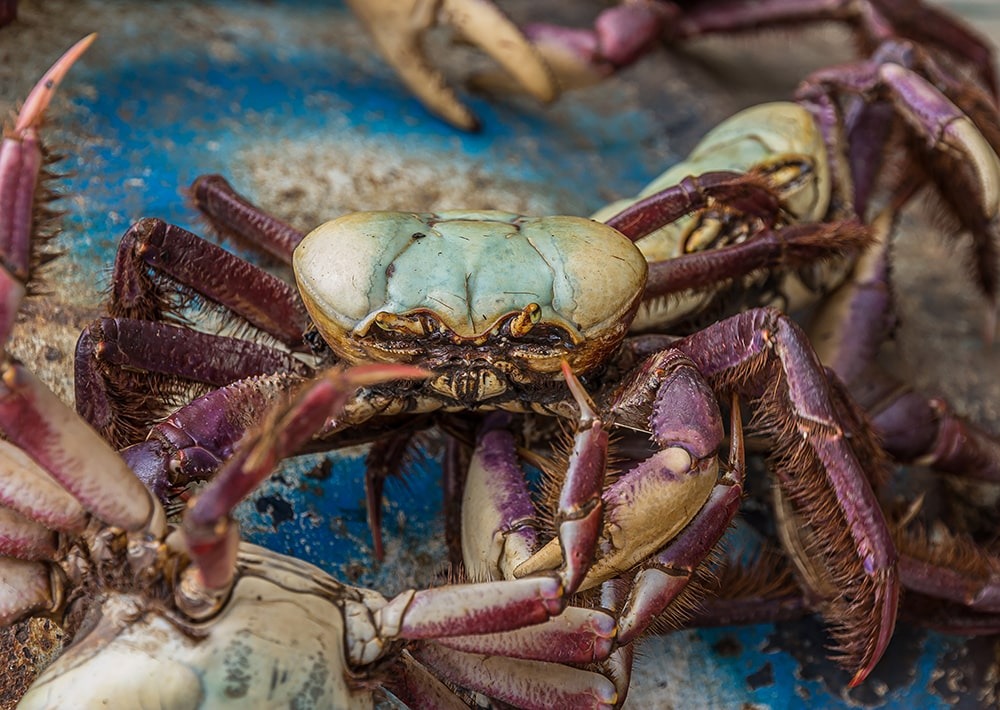
Swamp Ghost Crab, by Dmitrii Kash
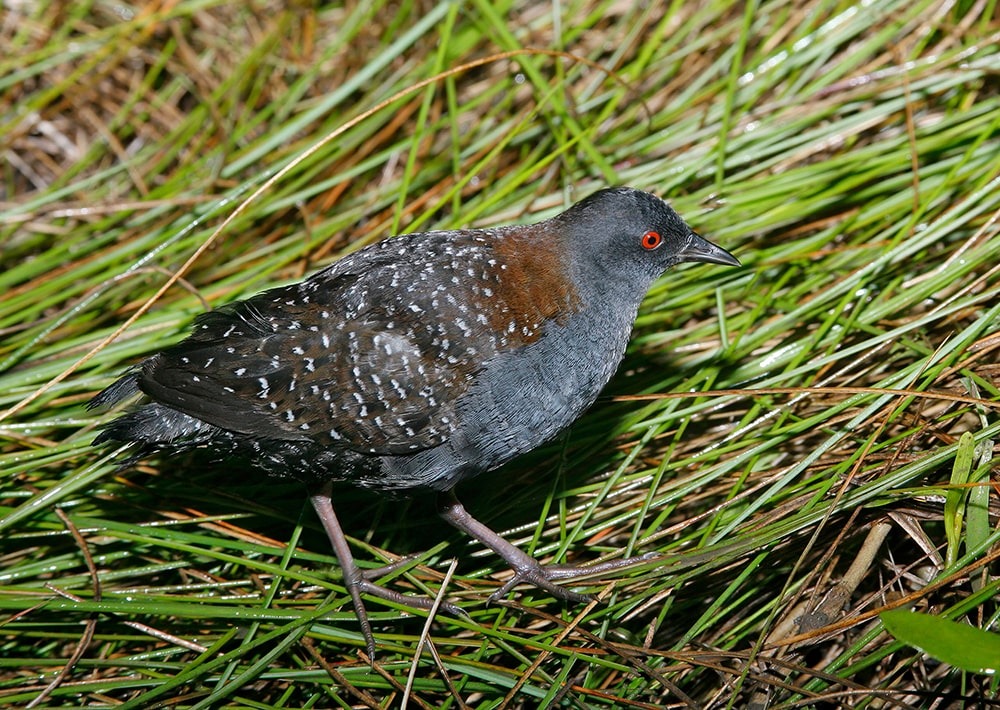
Black Rail, by Agami Photo Agency
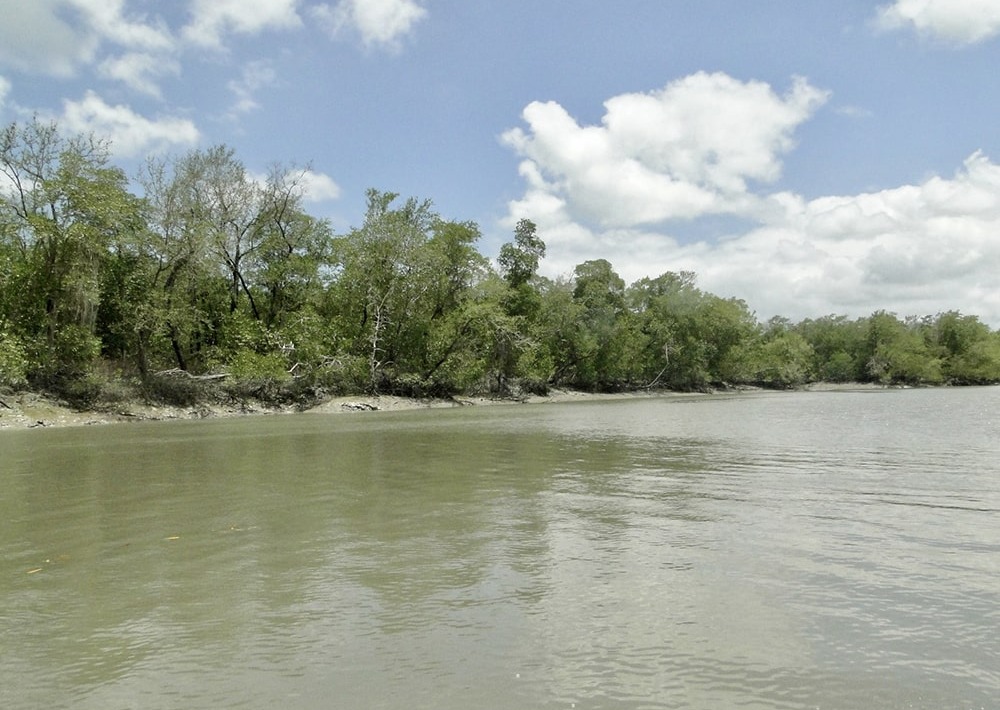
Mangroves in the estuary region, courtesy of RARE Brazil
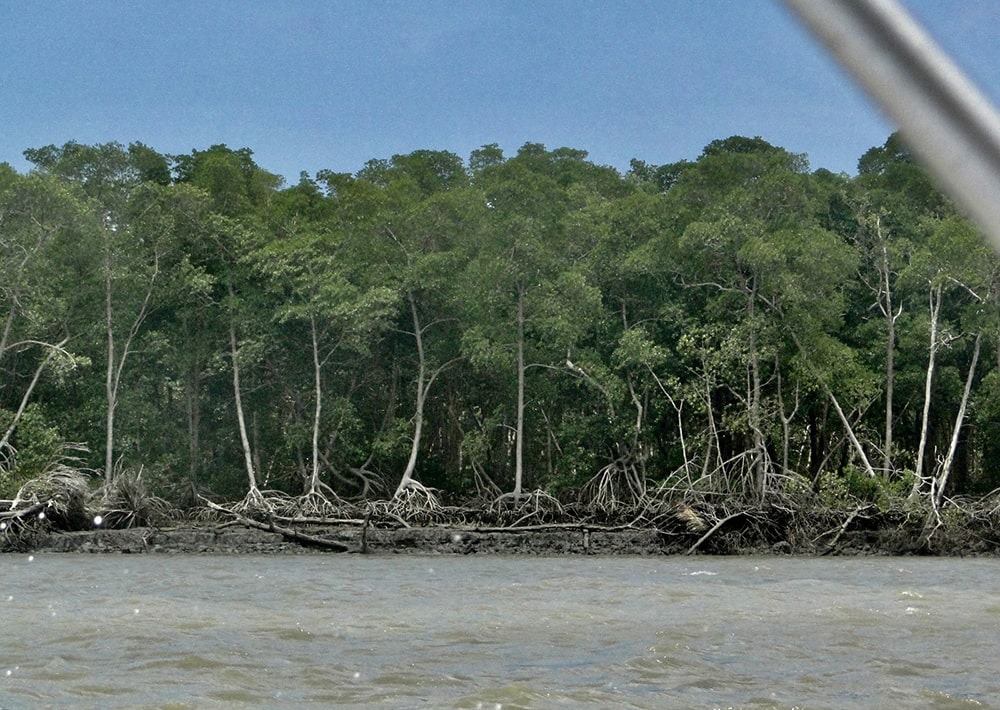
Mangroves in the estuary region, courtesy of RARE Brazil
Save Mangroves, Save Species
Mangrove forests play an essential role in the survival of innumerable species, including many that are foundational to the livelihoods of the traditional communities that live here. The Swamp Ghost Crab, for example, is a primary source of food for local communities.
Mangrove forests play an essential role as a nursery environment for both coastal species and those that more typically inhabit deeper waters. American Manatees rely on mangrove forests as a safe place to calve their young. Juvenile fishes—including Atlantic Goliath Groupers, which can reach up to 6.5 feet in length and 880 pounds as mature adults—also seek shelter in mangroves, where the dense network of roots protects them from larger creatures that might otherwise prey upon them.
This region is also important for migratory shorebirds and at least three species of sea turtles fighting extinction.
Protect Fish Stocks and Support Local Communities
These two new reserves will grant local traditional communities the legal authority and capacity to co-manage these mangrove forests and surrounding waters. The communities will also have first rights to the use of these territories. This will allow them to protect the ecosystem from industrial fishing and illegal deforestation, and preserve their way of life for future generations.
Learn More About this Project >
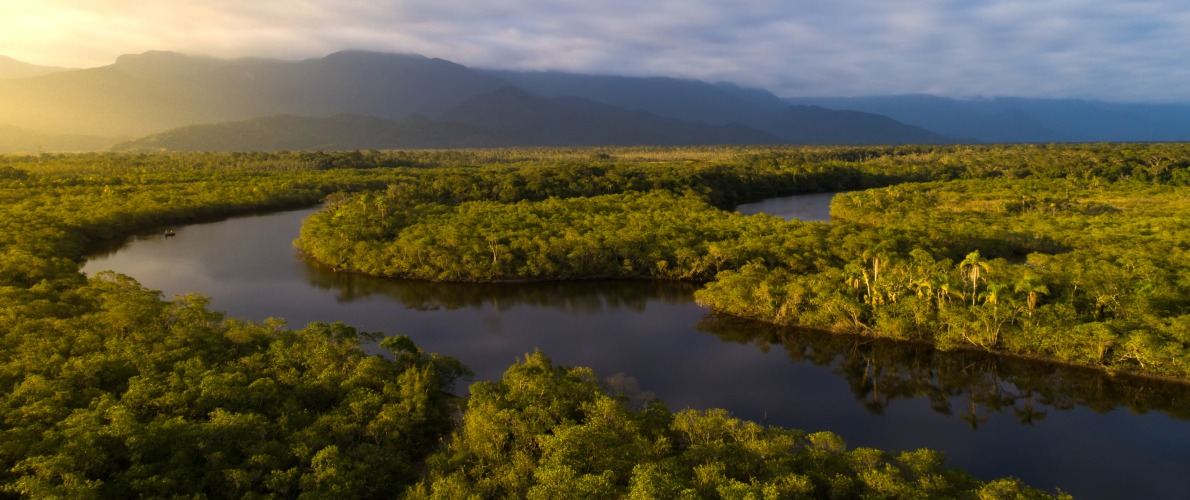
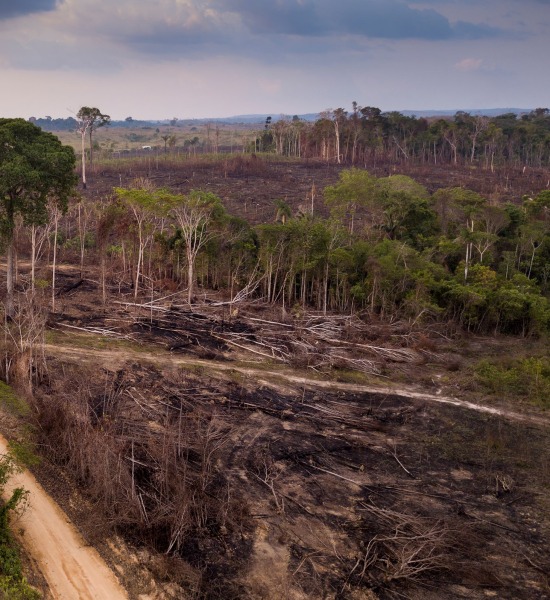
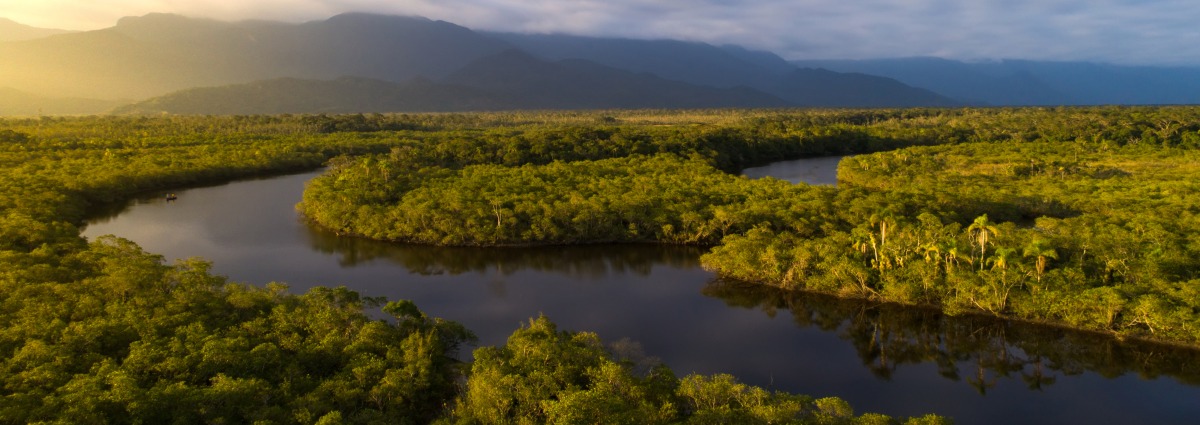
We Value Transparency.
Conservation work is critical, challenging, and can be costly. We work hard to ensure we raise only the funds needed for each project. In the rare case we raise more money than needed or a project comes in under budget, excess monies will be transferred to the Conservation Action Fund. This fund supports our important conservation work throughout the tropics.
Learn more about the Conservation Action FundLearn more about the Conservation Action Fund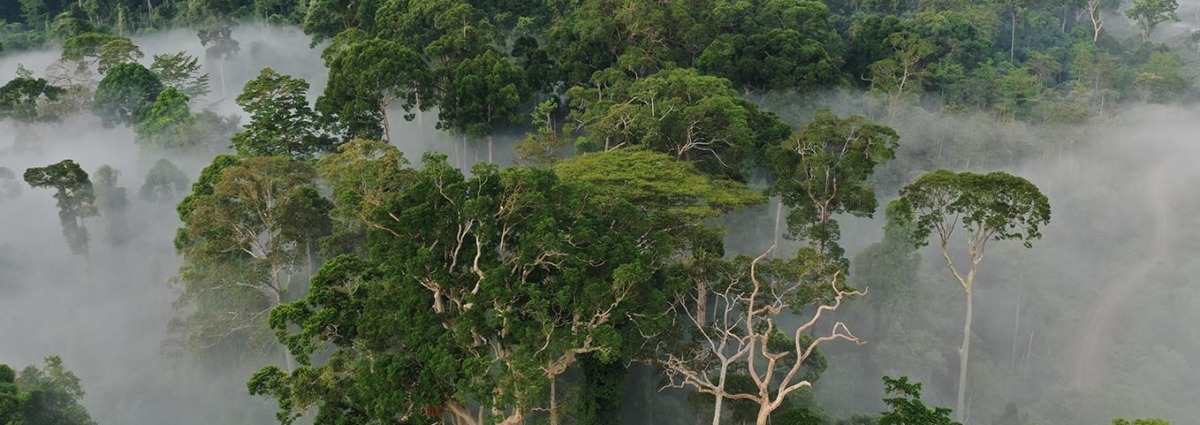
Partnering to Save Rainforest
Our partners’ ability to work with their governments and build strong connections with local communities ensures the successful implementation of our projects.
Learn More About This PartnerLearn More About This Partner
